Full Belly Files | Searching for Chanterelles and Satisfaction
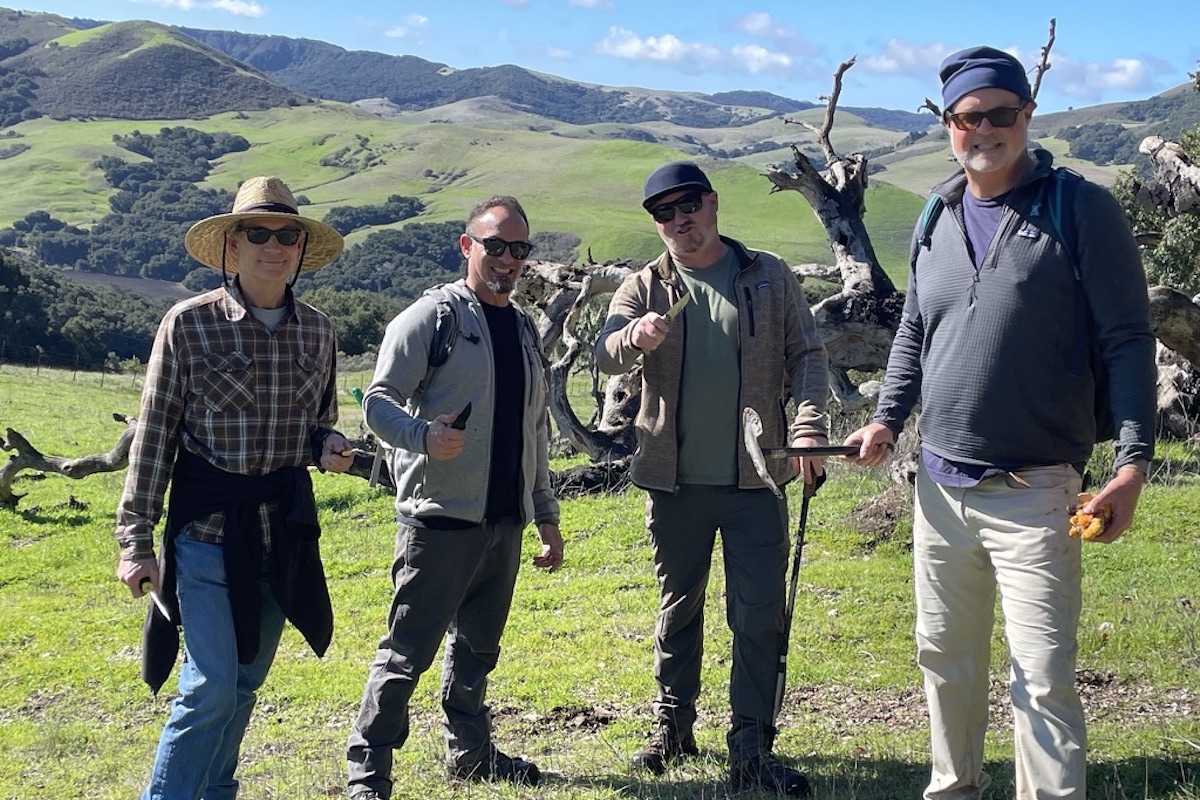
This edition of Full Belly Files was originally emailed to subscribers on February 2, 2024. To receive Matt Kettmann’s food newsletter in your inbox each Friday, sign up at independent.com/newsletters.
Hunting for mushrooms involves most everything that draws me to the great outdoors.
Then there’s the inherent fact that you must be outside, away from our ever-present screens and all their pesky emails and DMs. There’s an acute sense of discovery and wonder, as you explore patches of land untouched by the footsteps of others, whether that means private ranches, secret spots in the backcountry, or just those hidden corners of the neighborhood dog park where no one else wanders.
I’ve always seen nature as a classroom for learning about the world around us — and often for learning about the worlds inside of us — and that’s on steroids when it comes to fungus finding. You’re quiet, at least until you find something, employing an even more meditative focus than usual when paying attention to the flora and fauna around you. Because you’re being silent and slow, that fauna just may show up around the next corner, or you may encounter flora you never noticed before.
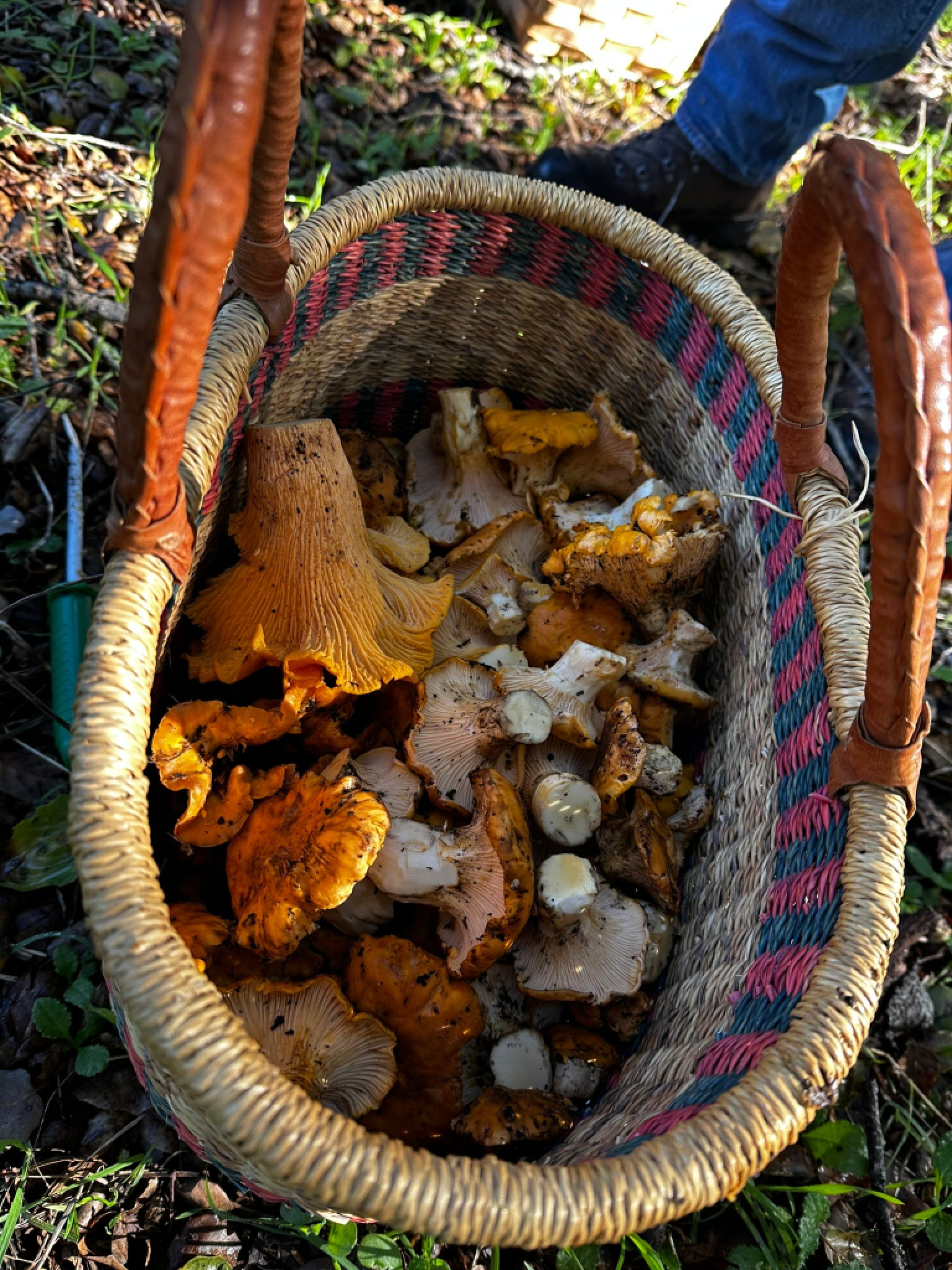
As usual on a hike, you get to tap your general understanding of the landscape, and then must think a bit deeper about it. Where does water settle beneath those hills? Is that oak grove more shaded than the other? How close can I safely get to the creekbank? Can anything grow on that type of soil? Shit, is that bare stick poison oak?!?!
Your eyes scour the ground meticulously as you pace slowly with your head down, watching for any disturbance in the earth — little mounds of dirt, out-of-place shapes, and color changes, or, quite often after a big rain, impressive flushes of mushroom, from dull, subtle, and harder-to-spot until you’re on top of them to vivid and psychedelic, visible from across the meadow.
When you do get lucky, it’s time to learn again. Take out your thick book or handy pocket guide, or quickly consult the internet if you’ve got service and a reliable app. Better yet, consult the mentor you’re following out there, as finding a wise guide for mushroom hunting is the real way to go. Knowledge and accurate observation is your only protection against that friendly sense of danger that arises when it’s time to identify what you’ve picked up. (Wise Mentor Basic Rule #1: Don’t eat anything you’re not 150 percent sure about. Basic Rule #2: Touching them won’t make you sick.)
If you do unearth a winner — which, around these parts, is primarily the succulent, orange-hued chanterelle, though you may locate a morel or porcini depending on the area — you’ve found true treasure, the perfect end to any ramble through the woods. You can share your treasure proudly with others, likely cooked with butter and garlic in your own kitchen. Or, if you know the right people, have them prepared in the professional kitchen of a nearby restaurant, many of which are skilled in the art of wild mushrooming.
That was the basic formula when I was invited to join a chanterelle mission last week with renowned mushroom expert Bob Cummings and winemaker Jeff LeBard of The Gainey Vineyard. Also along for the hunt was Gainey’s owner Dan Gainey and their new hire Stephen Janes, who was GM at Pence, Melville, and Margerum before joining Gainey a couple of months ago. Our plan was to hit up a remote ranch near Lompoc, scour the landscape for safe-to-eat ’shrooms, and then take whatever we found back to Leonardo’s in Solvang, where Chef Leonardo Curti awaited our haul.
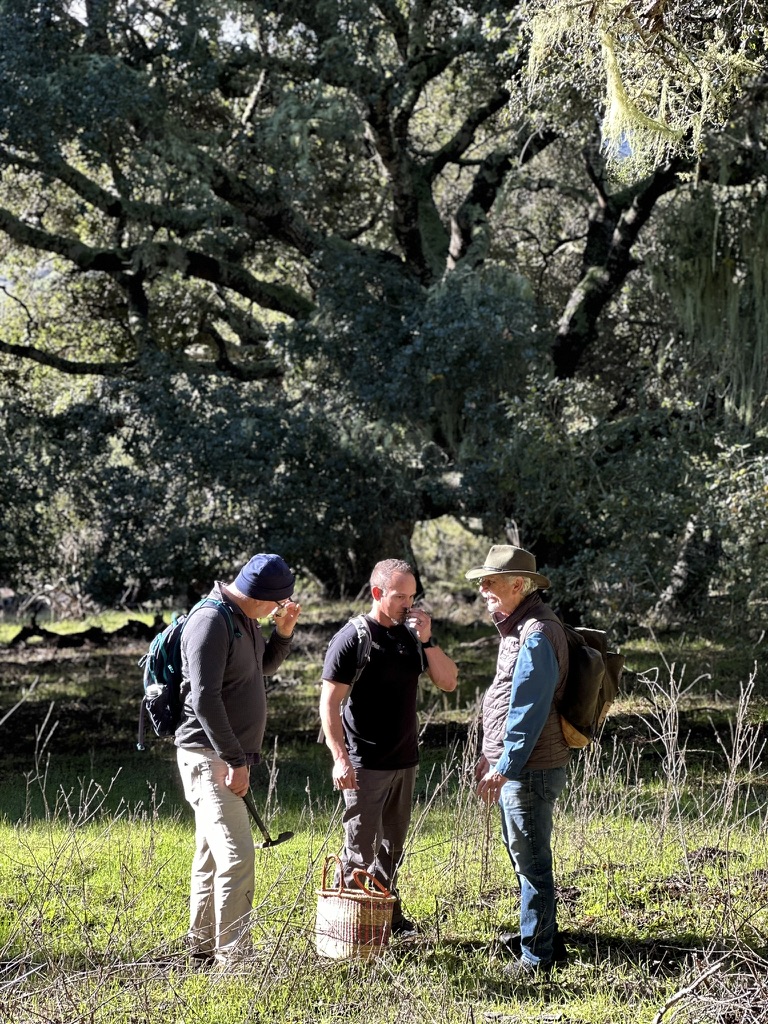
As we gathered that morning outside of Gainey’s winery, LeBard reminded me that he met Cummings while at the World of Pinot Noir in 2015, when I moderated a panel including that paired Bob’s mushrooms with Jeff’s pinot. (Here’s another report on that with a tiny pic of us all. There aren’t any mushroom pairings planned for WOPN 2024, but you can get tickets here.) On stage, Bob and Jeff had a briefly tense, mostly humorous exchange about whether mushrooms were poisonous to touch — they’re not — and then became friends. They’ve gone on many a hunt since.
That 2015 WOPN was also what triggered my first in-person meeting with this region’s fungi guru, whom I’d known about for years due to his decades as a SBCC biology professor. A few weeks prior to the panel, Cummings hosted a planning session at his house, where he served his homemade wine as we dined on mushrooms and uni with diver Stephanie Mutz and gourmand Antonio Gardella. It was very much a pinch-yourself, is-this-actually-work? sort of afternoon.
We reconnected a little over a year ago, when those crazy rains of last winter triggered mushrooms to pop up everywhere. I caught a bit of the mycology bug, buying some books and reaching out to Cummings about wandering in the woods together. So one afternoon, I stood on a downtown corner, assuming that some mud-covered four-wheeler fresh out of the wilds would be picking me up. Along came a sleek black Porsche sporting the license plate “Truffle.” Apparently, as Cummings was quick to explain, all of his friends give him grief for being a mushroom hunter who rolls in a sportscar.


[Click to enlarge] The inky bolete (left) and witch’s saddle | Credit: Matt Kettmann
While talking about the latest theories on why some mushrooms are bioluminescent — including the jack o’ lantern, the most common chanterelle mistake — we pulled up to the Douglas Family Preserve. In about an hour, we’d found more than a dozen different mushrooms, although all were either super poisonous, like the death cap and death angel; poisonous to some, like the false candy cap; or otherwise past the point of eating, like the cracked cap bolete, a k a the poor man’s porcini, already spoiled by a parasite.
He showed me “poison pies” (“Doesn’t that look like a cute chicken pot pie?”), milk caps that excrete a latex-like substance, an old puffball with leathery skin, Xerocomellus that turn blue when you write on them, and one called Entoloma ferruginans. “This one smells like bleach,” he said of the latter. “Isn’t that amazing?”


[Click to enlarge] Left: A young death cap. Don’t eat. Right: Some mushrooms leak latex when cut. | Credit: Matt Kettmann
The childlike awe that Cummings still exudes when searching for mushrooms is infectious, evidence that this pursuit doesn’t lose its luster as the decades pass on. “Oh man, I have never seen this many of these witch’s saddles,” he said at one point of what some call a fake morel, later examining an impressively large death cap while explaining, “That’s notorious. That’s killed the most people in the world.”
Toward the end of our ramble, he was just happy to see such a rainy season again, having endured so many droughted days. “I just wanted one more year like the old days, and I got it,” said Cummings, who looks and acts as healthy as a horse. “I’m almost 80 and now I can die.”
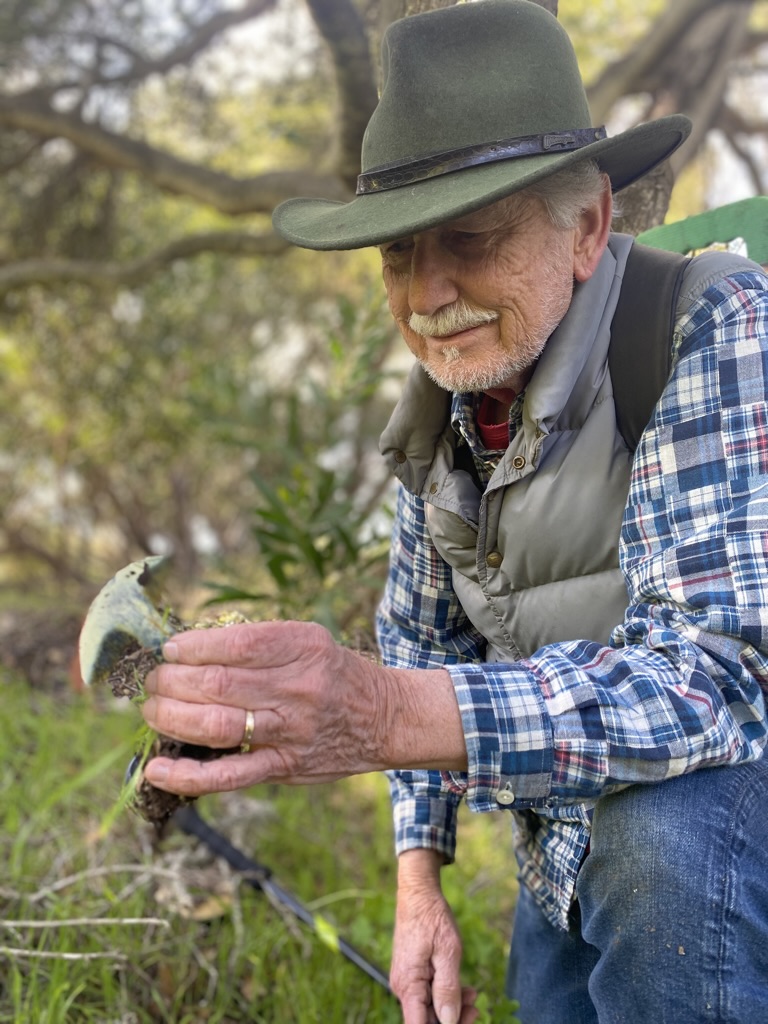
It might even be more fun to share Bob Cummings with others, as I did last week, when our group peppered him with questions about everything we found on the damp, oak-studded hillsides near Lompoc. We learned that the field of American mycology is steadily exploding right now, causing many of the old names to be changed. It was also clear to me that identifying mushrooms is probably more about experience than it is about reading descriptions and comparing pictures. “If you just had the books,” Cummings told me, “it would be hard.”
That’s not stopping mushroom foraging from steadily rising in popularity, leading to a lot more emergencies for people who get sick eating the wrong kinds. Cummings remains the regional contact for many of those incidents. “Every day I get calls,” he explained. “It’s just blown up.”
Thankfully, we were in his safe hands that morning. Bob had worked this ranch before, so it wasn’t long before we were standing beneath an oak canopy with bright orange nuggets visible in the duff below. We harvested the chanterelles carefully, field cleaning them to get the sticky soil off as much as possible before heading to the restaurant, a process further aided by the hose from LeBard’s tricked-out camper van.
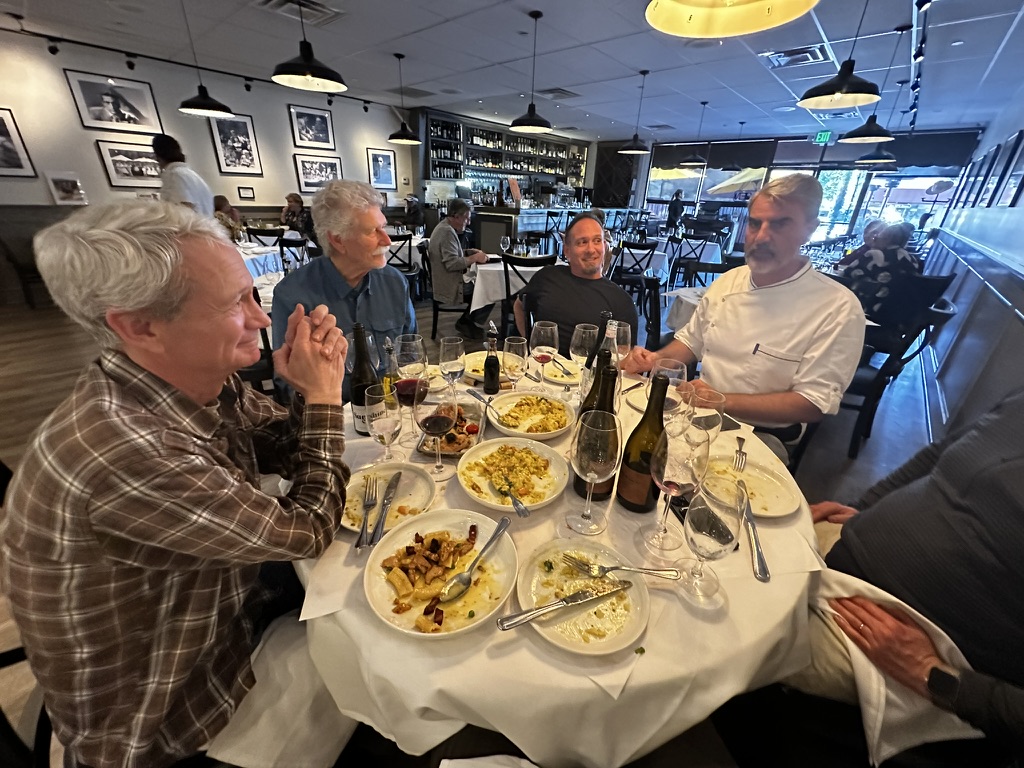
At Leonardo’s, we popped bottles of Evan’s Ranch pinot noir and chardonnay plus a bottle of Periodista carignan that I made back in 2018. Out came course after course of dishes spiked with our chanterelles: with butter, garlic, and thyme on ricotta; as deep-fried croutons in a Caesar salad; with just-made rigatoni, peas, and pancetta; alongside succulent scampi in a silky risotto; as the fungal foil to strips of steak; and even as decorations on a dessert spread of truffle ice cream. Our conversation covered past mushroom experiences, and wine stories, and weird meals, like the squirrel I once ate and the fox and porcupine that Chef Curti tried as a kid in Italy.
“As far as mushroom days go,” Bob had already surmised earlier that day, our wicker basket brimming, “this doesn’t suck.”
EAT MUSHROOMS WITH BOB: Bob Cummings and Jeff LeBard will be leading an educational and delicious dive into wild mushrooms at The Gainey Vineyard on March 23, with four dishes featuring various mushrooms by Chef Budi Kazali paired with Gainey and Evan’s Ranch wines. Tickets are $120, or $90 if you’re in the wine club. Click here for tickets.
From Our Table

Here are some recent food and drink stories you may have missed:
- We re-published this piece on vegetarian restaurant options by Deborah Cooke that originally appeared in a SBCC zine.
- Sean Magruder gets into the charcuterie plates presented by The Grazing Table’s owner Monica Vuchkova.
- Sean also interviews the mother-daughter team behind the Ojai-based wine brand Est Ouest Wine Co.
- I finally finished my feature on Dang Burger, which is tearing up the Carpinteria dining scene.
Premier Events
Sun, Apr 28
6:00 PM
Santa Barbara
AHA! Presents: Sing It Out!
Thu, May 02
5:00 PM
Santa Barbara
Things with Wings at Art & Soul
Sat, May 04
10:00 AM
Lompoc
RocketTown Comic Con 2024
Sun, Apr 28
11:00 AM
Santa Barbara
Santa Barbara Earth Day Festival 2024
Wed, May 01
7:30 PM
Santa Barbara
American Theatre Guild Presents “Come From Away”
Thu, May 02
5:00 PM
Santa Barbara
100th Birthday Tribute for James Galanos
Thu, May 02
5:00 PM
Santa Barbara
Meet the Creator of The Caregiver Oracle Deck
Fri, May 03
4:00 PM
Santa Barbara
Santa Barbara Fair+Expo “Double Thrill Double Fun”
Fri, May 03
8:00 PM
Santa barbara
Performance by Marca MP
Sat, May 04
10:00 AM
Solvang
Touch A Truck
Sat, May 04
11:00 AM
Santa Barbara
Mental Wellness Center’s 28th Annual Arts Faire
Sat, May 04
11:00 AM
Santa Barbara
Community History Day
Sat, May 04
3:00 PM
Solvang
The SYV Chorale Presents Disney Magic Concert
Sun, Apr 28 6:00 PM
Santa Barbara
AHA! Presents: Sing It Out!
Thu, May 02 5:00 PM
Santa Barbara
Things with Wings at Art & Soul
Sat, May 04 10:00 AM
Lompoc
RocketTown Comic Con 2024
Sun, Apr 28 11:00 AM
Santa Barbara
Santa Barbara Earth Day Festival 2024
Wed, May 01 7:30 PM
Santa Barbara
American Theatre Guild Presents “Come From Away”
Thu, May 02 5:00 PM
Santa Barbara
100th Birthday Tribute for James Galanos
Thu, May 02 5:00 PM
Santa Barbara
Meet the Creator of The Caregiver Oracle Deck
Fri, May 03 4:00 PM
Santa Barbara
Santa Barbara Fair+Expo “Double Thrill Double Fun”
Fri, May 03 8:00 PM
Santa barbara
Performance by Marca MP
Sat, May 04 10:00 AM
Solvang
Touch A Truck
Sat, May 04 11:00 AM
Santa Barbara
Mental Wellness Center’s 28th Annual Arts Faire
Sat, May 04 11:00 AM
Santa Barbara
Community History Day
Sat, May 04 3:00 PM
Solvang

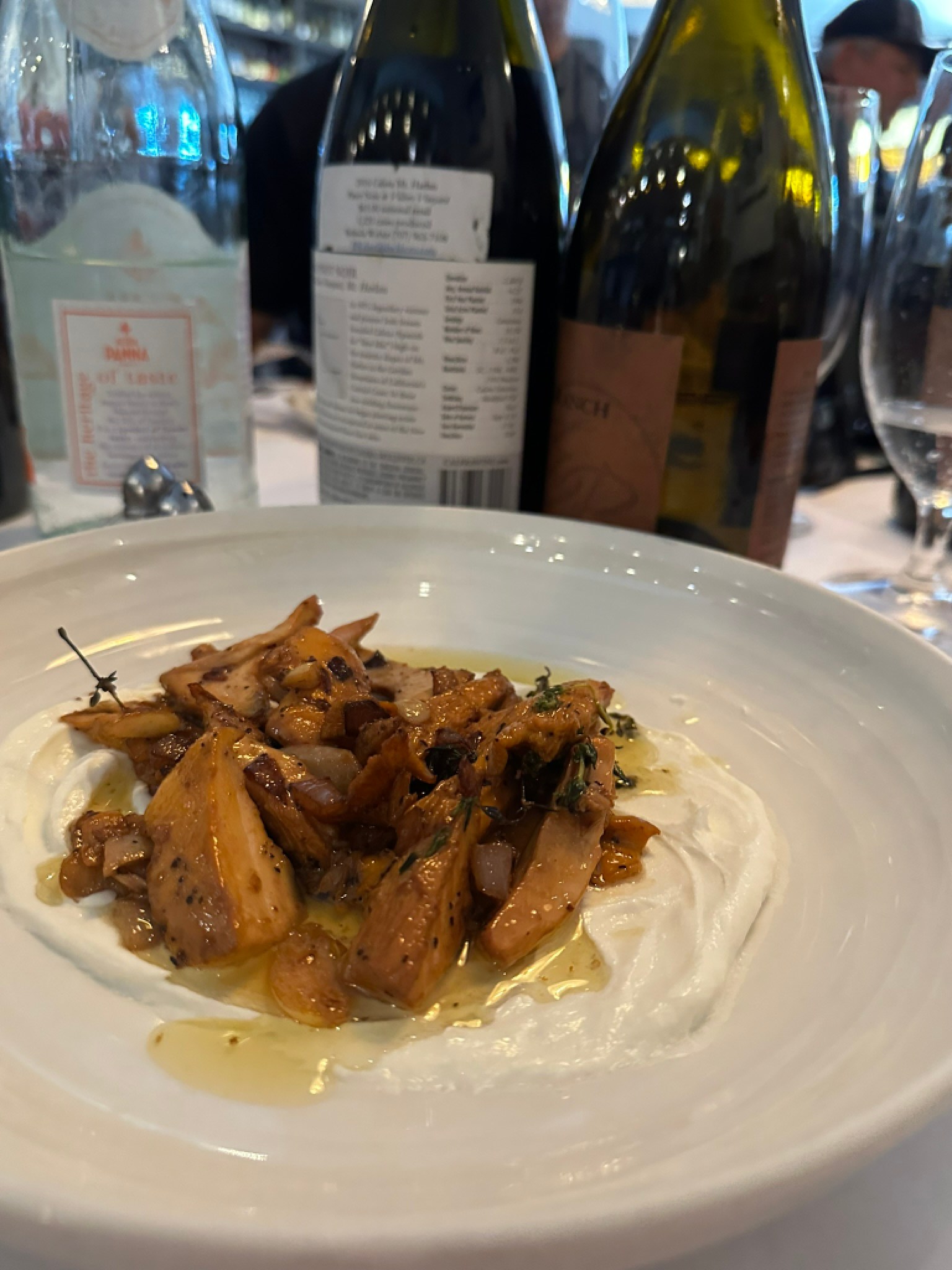
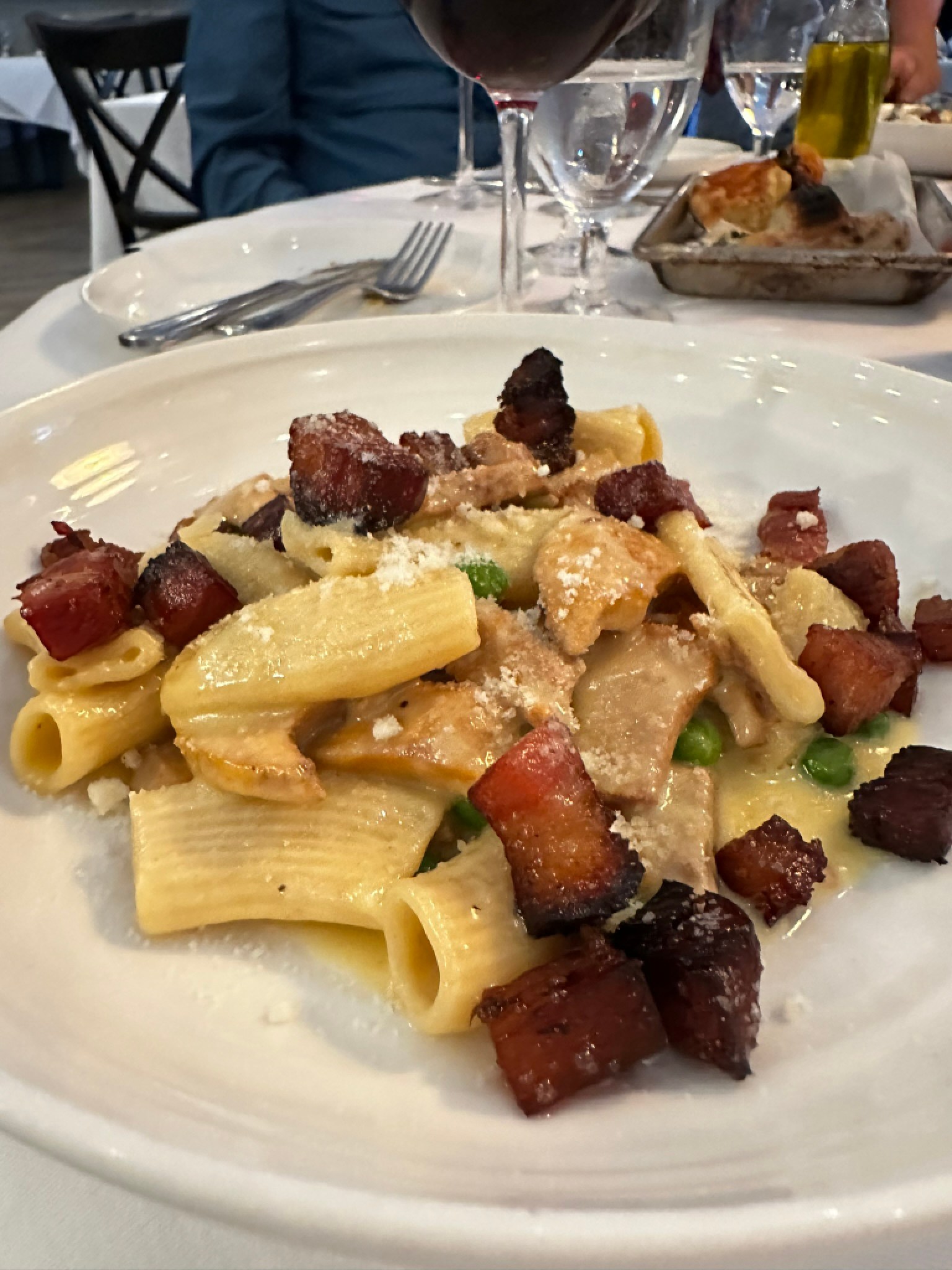
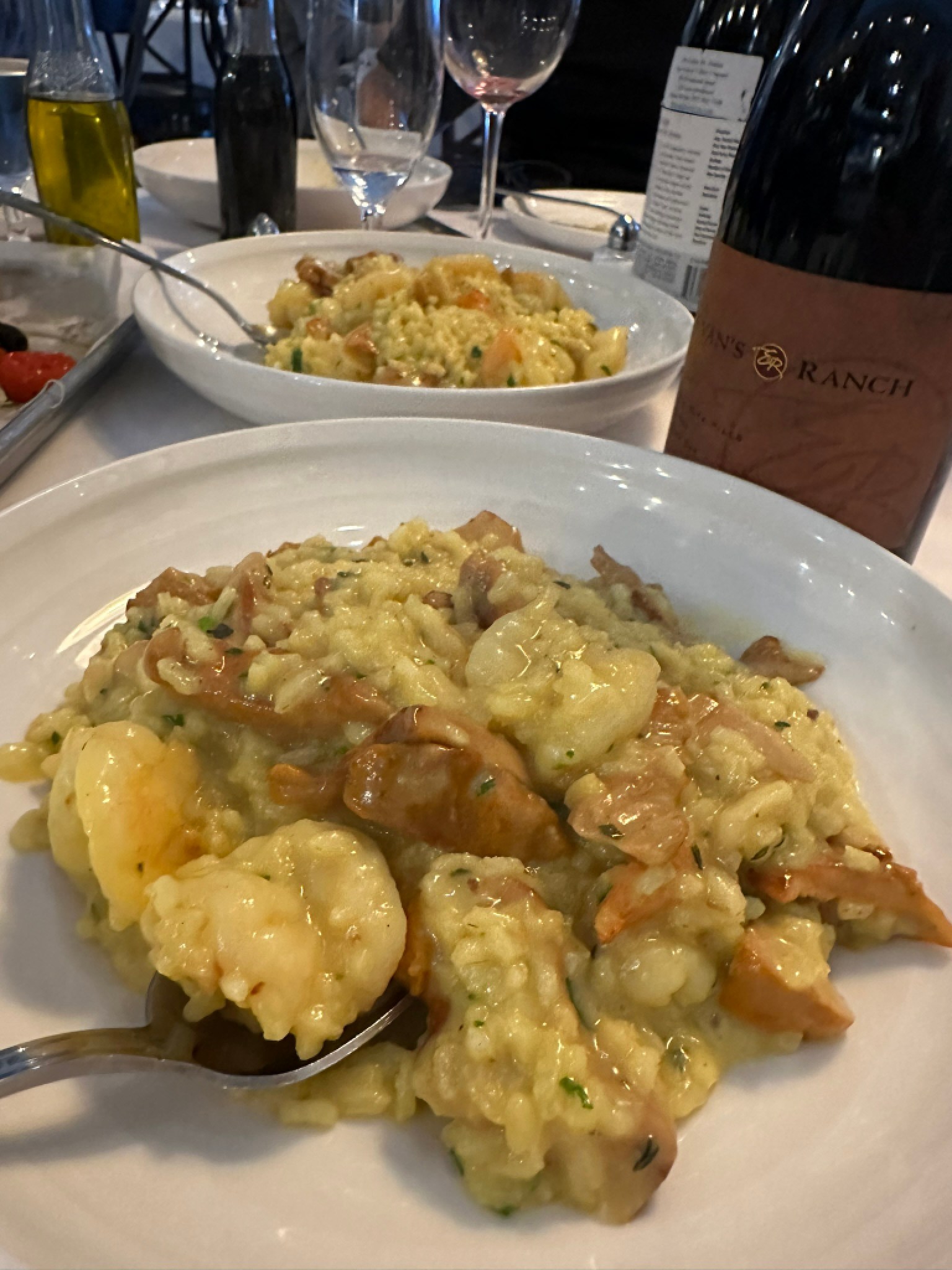
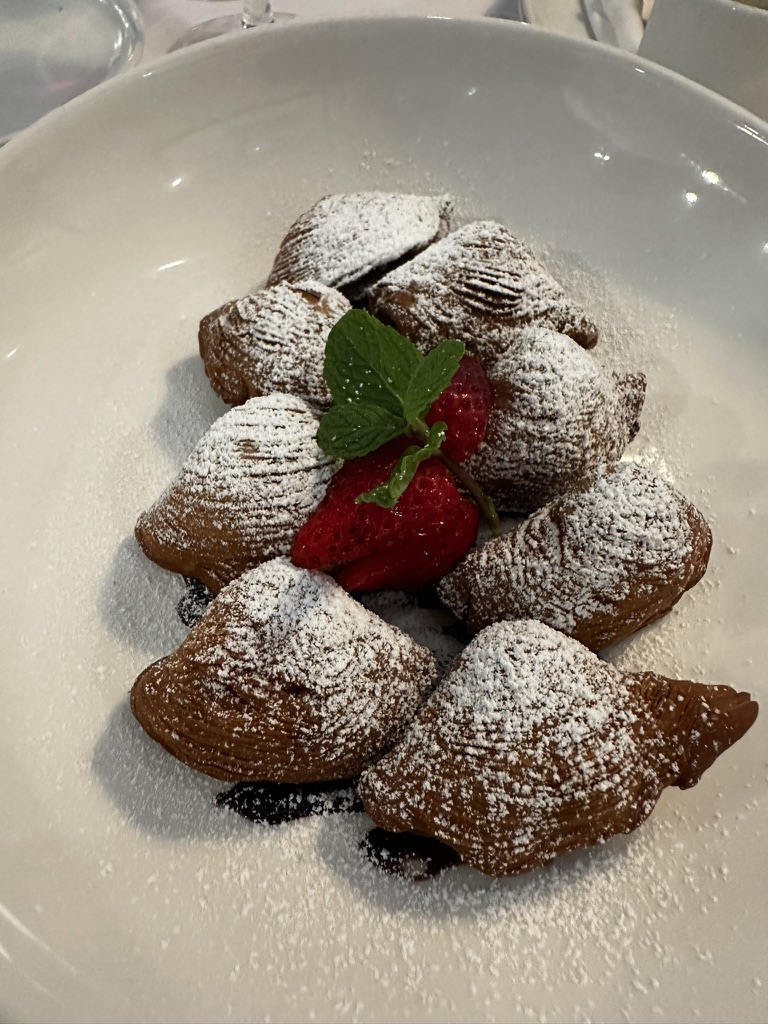
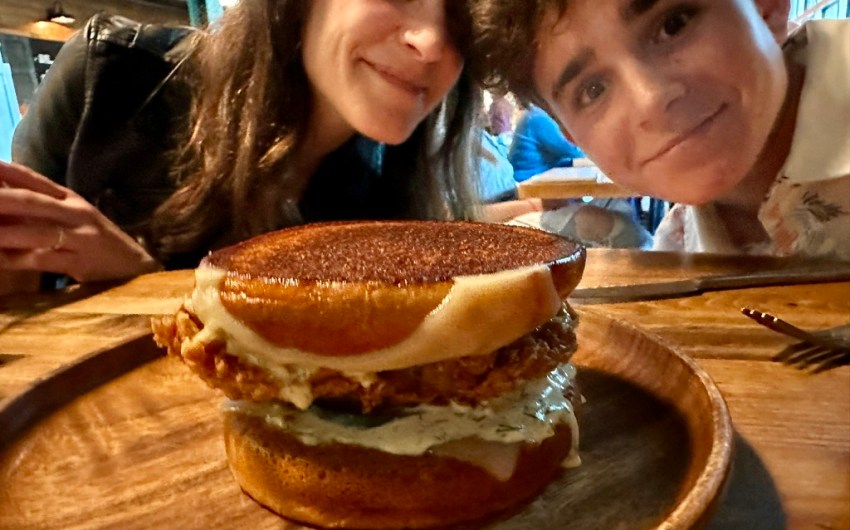
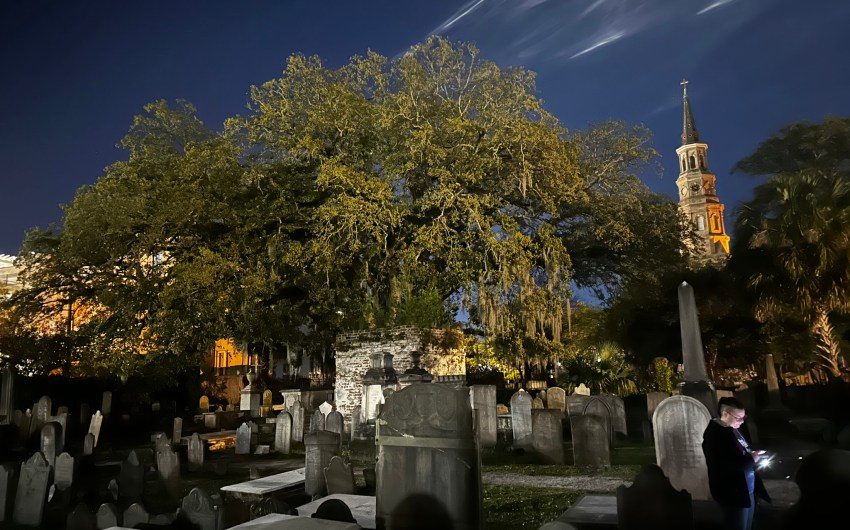
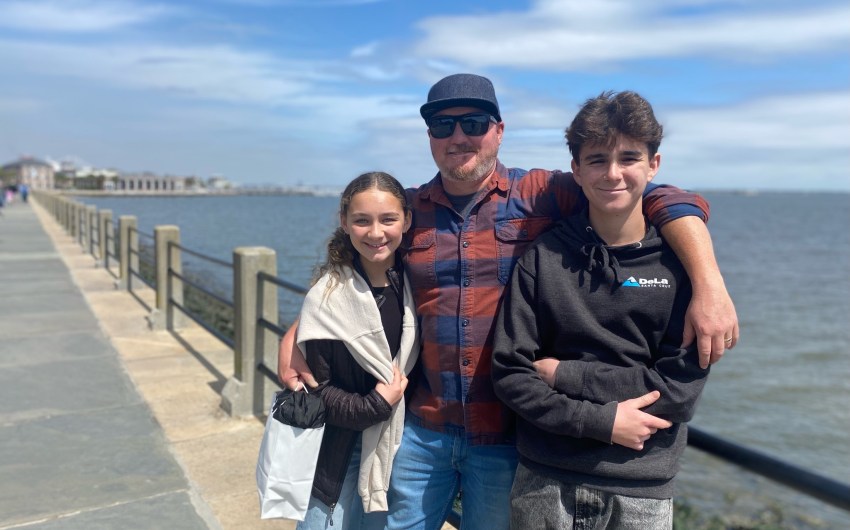





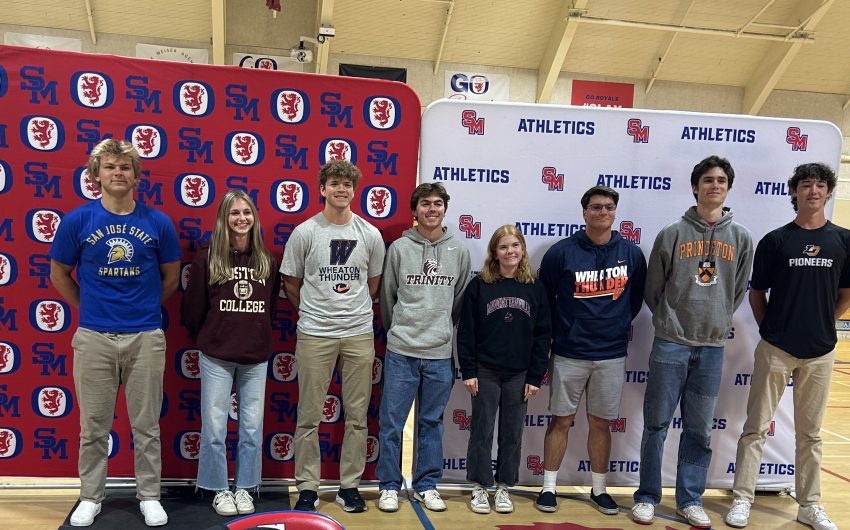
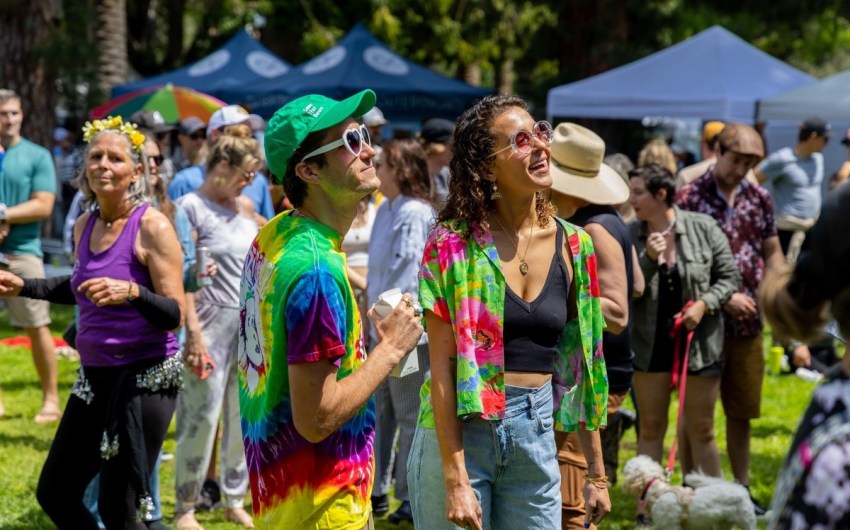
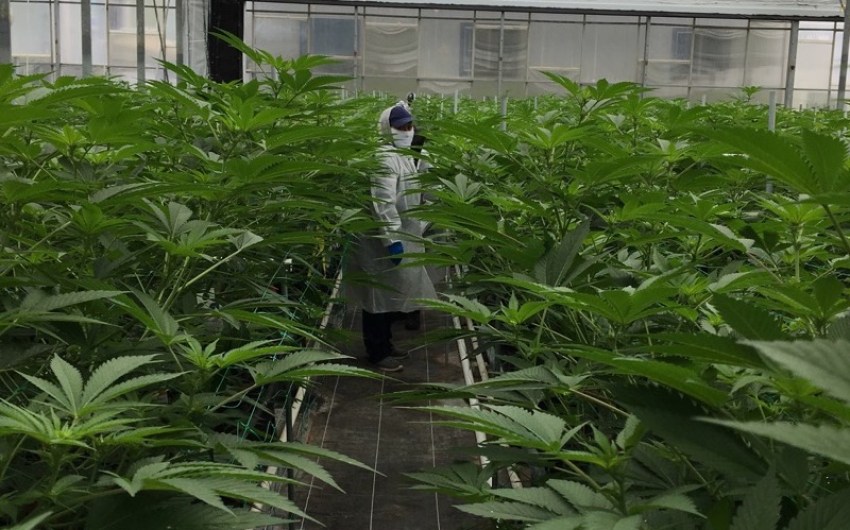
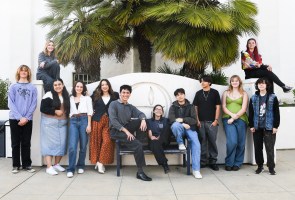










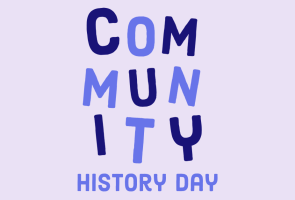
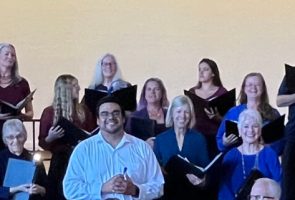
You must be logged in to post a comment.